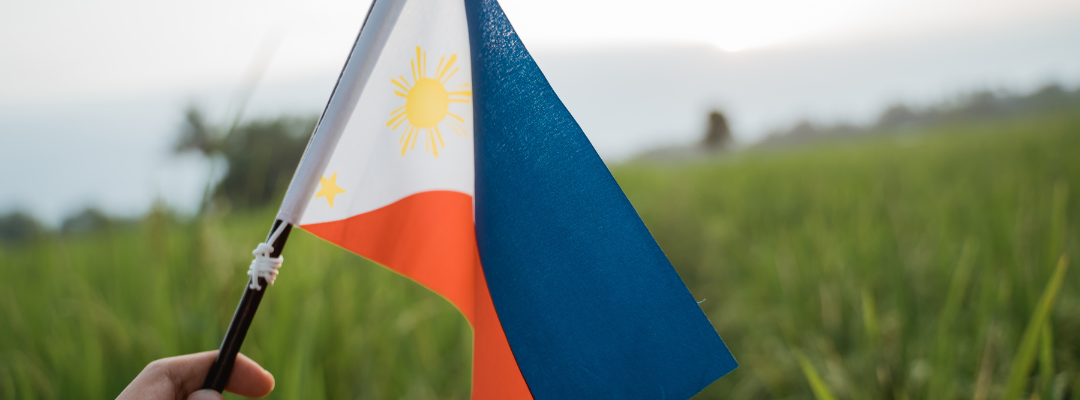The 2023 winter wheat crop will soon be going in the ground. As planning and preparations are under way, producers continue to struggle with the challenges of high input costs, volatile commodity markets, weather extremes (drought in the west, flooding in the east), and global geopolitical instability.
As many input costs are being locked in, an important question is where do output prices go from here? A key tenet of economic theory provides insight into that question. In 1890, Lord Alfred Marshall told us where prices are going in the long run: prices will go to the cost of production (Marshall, 1890). In a free market economy, a price above the cost of production will provide incentives for an increase in supply or entice other entrants into the market. Prices below the cost of production will cause supply to decrease or participants to exit the marketplace.
Successful and sustainable financial performance in an economy where prices move to the cost of production implies two key components of management strategy that revolve around production and price:
- Be the low cost/high quality producer. Input use efficiency is critical to achieve the lowest possible breakeven cost. Tools to achieve this goal include the use of crop rotations, hybrid and variety selection, conservation tillage, soil, and plant testing, and precision application of inputs.
- Lock in profitable prices. Tools of financial management include budgets and breakeven analyses, cash flow projections, crop insurance, marketing plans, and price safety net provisions.
Does this management approach work? Evidence of the impact of these management strategies can be found by looking at the financial performance of the top 20 percent of corn producers over the last several years. This information can be found in the FINBIN database (FINBIN, 2022). This database summarizes actual farm data from thousands of agricultural producers.
Sorting key production and price characteristics by financial performance shows that, compared to the overall average, the top 20 percent of corn growers in 2021 had higher yields, received higher prices, and had lower costs (Figure 1). Looking back over the last several years, this group, the top 20 percent, outperformed the average every year in every category with one lone exception. In 2018, the average of all corn producers received a one percent higher price (Figure 2).
As a farm management philosophy, consider the adoption of what Danny Klinefelter, retired professor in the Department of Agricultural Economics at Texas A&M University and founder of The Executive Program for Agricultural Producers (TEPAP), calls the ‘5% rule’ (Janzen, 2018). In the upcoming crop year, where can I lower my costs by five percent? How can I increase my yields by five percent? How can I increase my average price received by five percent? Making relatively small changes in critically important areas over time can have a dramatic impact on financial performance.
Figure 1. 2021 Corn on Cash Rent Summary Report

Figure 2. Corn on Cash Rent Summary Report Comparisons, High 20% to Overall Average, 2018-202

References
FINBIN. Center for Farm Financial Management, University of Minnesota. Accessed August 1, 2022 and available at https://finbin.umn.edu/.
Janzen, Joseph. “The “5% rule of farm management shows how all the pieces matter”, Department of Agricultural Economics and Economics, Montana State University, Business and Finance posts, January 16, 2018. Accessed August 2, 2022 and available at https://ageconmt.com/.
Marshall, Alfred. Principles of Economics, London: Macmillan, 1890.
Welch, J. Mark. “Key Farm Management Considerations in Turbulent Times: The 5% Rule“. Southern Ag Today 2(34.1). August 15, 2022. Permalink









